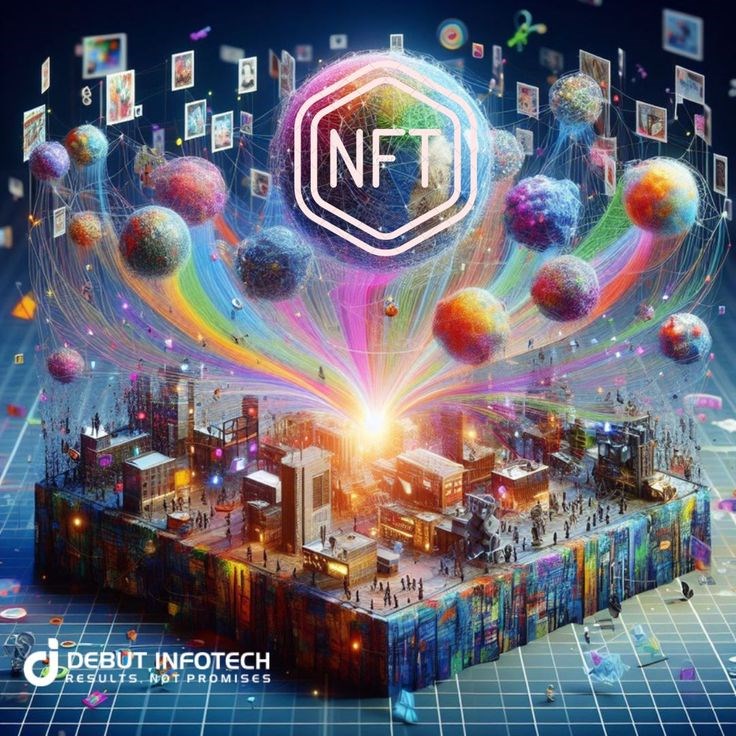Cryptocurrencies and blockchain technologies are disrupting the art and entertainment sectors by bringing decentralization, transparency, and new methods of revenue generation. It is worth noting that artists and creators can now be able to tokenize their work so that they can easily authenticate copies of their work and reduce outsourcing from other middlemen. While this change is redefining the digital economy, it is promoting artists to fan engagement and diversifying ways of how artists can make money.
The importance of NFTs especially in the art realm is that they are easily provable, and artists can easily sell their unique art that cannot be replicated. Smart contracts enable artists to be paid royalties time and again in subsequent sales, a concept practically new to art markets. This excludes mediators that, contrary to giving talented people a voice, only restrict access to the final consumer or collector in the global marketplace.
Entertainment industries also want to use NFTs and blockchain for content and fan interaction. To encourage people to collect their work, music artists, directors and video game designers incorporate NFTs to make special content, early access or an associated merchandise. It also enhances the audiences’ loyalty, additional profit-making opportunities, as well as preserving unique authorship and exclusive rights to their work, which do not depend on giant corporations.

Blockchain improves the integrity of the system and the effectiveness for reducing fraud and copyright infringement. To improve such an environment, digital rights management through smart contracts provides adequate compensation to the owner of the content and the productivity of the objects. Moreover, decentralized platforms disrupt conventional industries; new musicians, actors, comedians and other talent can have their content seen and monetized without corporate intervention.
This fusion of NFTs and blockchain is revolutionizing how art and entertainment content are produced, distributed and consumed. These technologies provide financial freedom to the creators while providing the viewers with genuine digital goods and services. With increased adoption, the entertainment and art industries require innovation in their operation as they are part of this ever-evolving new decentralized world.
Conclusion
NFT and blockchain integration is not a fad but a revolutionary change in the world of art and entertainment. These are the technologies that enable further creativity, open up new possibilities to connect with audiences, and propagate a new meaning of ownership. As the trend of owning collections of tokens increases, industries have no choice but to adopt such changes to remain viable and fair to artists and buyers.